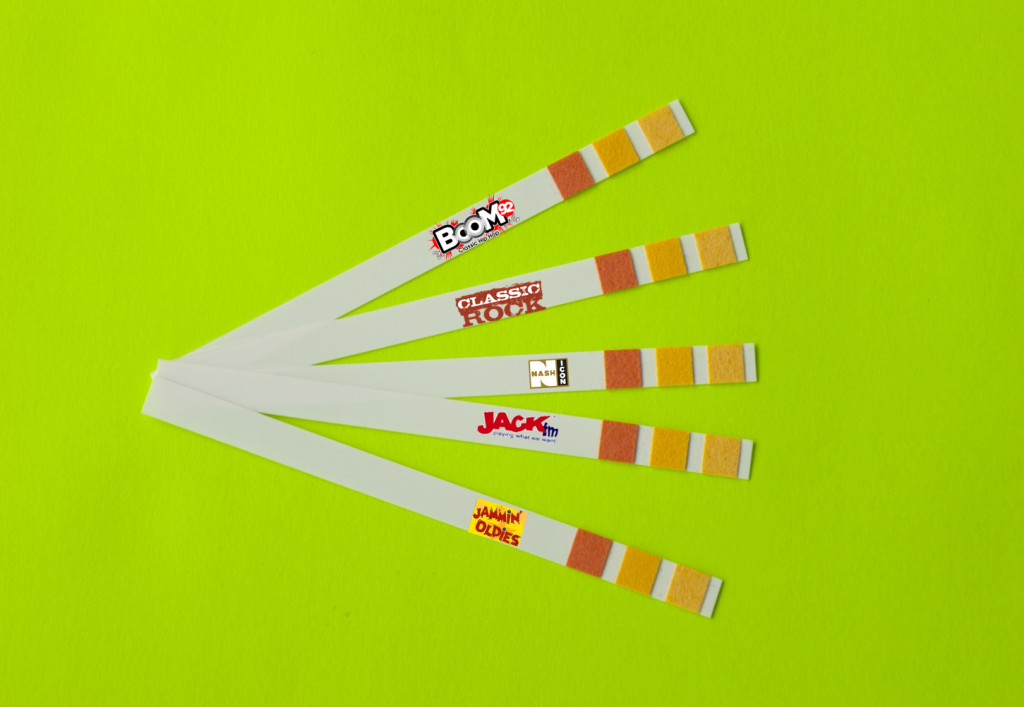One of the annoying downsides of consolidation has been the high degree of difficulty in getting all the stations in a cluster to perform at a high level. Most of the time, there’s always one laggard or problem station that perennially is in a state of crisis, and that usually signals a format search, whether it’s research-based or gathering everyone together in a room to find the so-called “hole.”
Last week, Sean Ross wrote a great article, “When Does A Niche Format Make Sense?” where he described the conditions that govern the success (but more often failure) of new format switches. Sean talked about the mindset that identifies new opportunities, but that can easily end up being as problematic as the format a company is exiting.
It is easier to dump a format (and sadly, a staff) than it is to truly build a great brand. Back in 2014, I wrote a column about the burgeoning Boom format (or Classic Hip-Hop), asking many of these same questions and stating similar givens to the ones Sean brought up in his recent column.
In “Boom! A Format Litmus Test,” I talked about the viability of niche music formats, and some of the variables that determine their success or failure. In many cases, the true determinants of success have as much to do with management commitment as they do the size of the so-called “hole.”
Too often, there just isn’t the desire, the financial support, or the patience to build a viable brand. A 175 song “safe list,” a bunch of liners, and 10,000 songs commercial-free is not a formula building a brand – it’s a tactic.
And in then end, these kind of startups end up being a lot like HMOs. They fall short of providing greatness because they lack the attributes that go into truly creating a great station. Rather than providing the staff, the research, the marketing, and the internal machinery to pull off a real win that has staying power, management often thinks it can take the easy way out.
When discussing a problem radio station, you’ll hear managers or owners say things like, “We’d just be happy with a new format where we can be Top 5 or 6 with 25-54 adults.” And if that first book (or two) actually delivers that goal or exceeds expectations, the tendency to budget for even stronger performance in the next year becomes irresistible – and usually wrong-headed. Because chances are, there is no second act. But by then, it’s usually too late.
As Sean points out in his article, “Broadcasters need to view those first few months as a bonus, but few can.”
To make matters worse, the sales lag on new formats has only become more pronounced. Buyers are more skeptical, waiting for sustained success before committing serious dollars to what might end up being a Roman Candle format. Even a strong out-of-the-box debut is usually met with wait-and-see at best or skepticism at worst by media buyers. Converting a new station’s ratings into revenue has never been more challenging.
 It is easy to get caught up in the initial success of a format startup, in much the same way Major League Baseball will give us a couple of rookie phenoms who bat .400 in Spring Training, only to fall back down to earth when the teams head back north to play the games that count. That’s because like the grind of a long baseball season, the test for a new station is about succeeding over the long haul. The industry’s trade publications are littered with forgettable two-book stations.
It is easy to get caught up in the initial success of a format startup, in much the same way Major League Baseball will give us a couple of rookie phenoms who bat .400 in Spring Training, only to fall back down to earth when the teams head back north to play the games that count. That’s because like the grind of a long baseball season, the test for a new station is about succeeding over the long haul. The industry’s trade publications are littered with forgettable two-book stations.
The launch is often the easiest part of a station’s arc. It becomes much more arduous when that new station smell wears off, and the team is left to pick up the pieces and determine how to maintain a modicum of success for years to come.
It should be clear to every broadcaster that is in it to win it there are truly no shortcuts to success. The conditions that made it possible for the great debut typically fade or erode over time. That’s when you find out whether you have something real or whether you’ll be back in format finder mode before you know it.
That’s no way to run a business. The only brands that truly matter in any market are the ones truly built to last.
Radio needs to stop building HMOs, and truly focus on growing and nurturing great brands.
- What To Do If Your Radio Station Goes Through A Midlife Crisis - April 25, 2025
- A 2020 Lesson?It Could All Be Gone In A Flash - April 24, 2025
- How AI Can Give Radio Personalities More…PERSONALITY - April 23, 2025






AMEN to that Fred!! Have worked a couple of these and was a part of launching one. That one was a “Classic Hits” that was out of the 250 safe songs the local Classic rocker was playing. Out of the box it ROCKED! Then when the “new car smell” wore off, they started to panic. As a response they decided, We are gonna play the deep cuts nobody else does and the jocks need to back off personality and let the music BE the station. Yup.. I started looking for another gig.
As expected, the down-hill kept going until they were looking for another format in under 3 years from launching. I will never forget coming through town with the wife listening (after I left) and hearing Kansas – Miracles Out Of Nowhere being played during drive time. The wife says.. “OOoooo .. cool!” I asked her, “Yes, but aside from me and you, how many people do you think know this song?” As she giggled i followed up with, “…and how many do you think just pushed a button to another station?”
Moral of the story to me was; 1 – If you have done the research and believe in it, stay with it! Listeners like the warm blanket of what they know when they go there. 2 – You hired personalities, let them be personalities! Someone who can relate to the demographic and where that demographic lives and become an entertaining friend playing the music they know and love.
Jim, thanks for the comment and sharing that experience. It’s so much easier to blow up a format that seemingly isn’t working in favor of the bright, shiny object. So often, management would be better off investing in the existing station rather than starting from scratch.